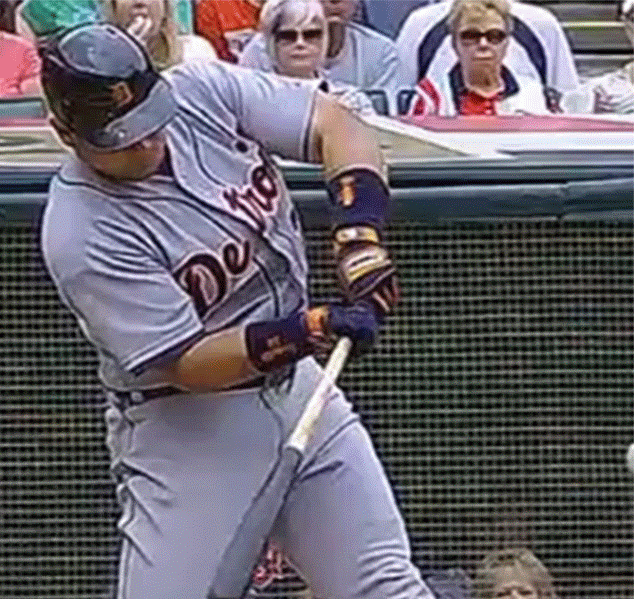FiveFrameSwing
Banned
Hi pobguy.
Rumford, Maine …. It’s a small world! Bet you can still remember the aroma of the paper mill.
Your formulation for BBS does not include ‘acceleration’.
Have you collected data in which the 'acceleration' of the barrel was studied going into contact? Have you ruled that out as a factor, or have you simply not studied it?
p.s.
Photo from your article shows a "flat left hand" and "bent top hand" at contact.

Rumford, Maine …. It’s a small world! Bet you can still remember the aroma of the paper mill.
Your formulation for BBS does not include ‘acceleration’.
Have you collected data in which the 'acceleration' of the barrel was studied going into contact? Have you ruled that out as a factor, or have you simply not studied it?
p.s.
Photo from your article shows a "flat left hand" and "bent top hand" at contact.

Last edited:




